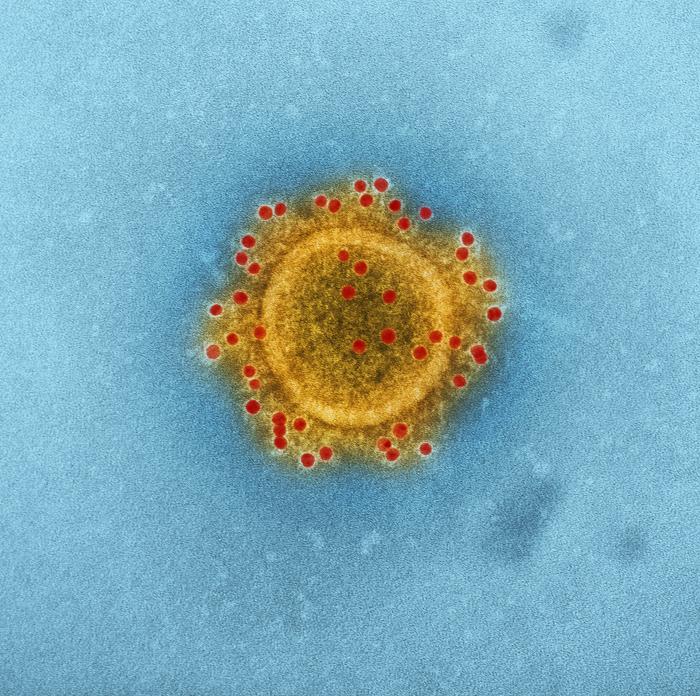South Korean health authorities have announced (computer translated) an additional case of Middle East Respiratory Syndrome (MERS) and two more fatalities, bringing the totals to 180 and 29, respectively.

The latest fatalities include a 65-year-old male and a female patient of at least 70 years old.
In addition, Korean officials have reported the names of six additional MERS-affected health-care facilities and these include: Jongro Guangmyung Pharmacy, Mokchasoo Internal Medicine Clinic at Sangil-dong between June 10 and 12; Ilsundang Korean Traditional Medical Clinic at Sangil-dong on June 12; Smile Pharmacy, Bon Otorhinolaryngology Clinic at Godeok-dong on June 15;
* Tuntun Pharmacy, Gangdong Neurosurgery Clinic at Myeongil-dong on June 16; Withpharm Angel Pharmacy at Gil-dong on June 17; and Hallym University Gangdong Sacred Heart Hospital at Gil-dong between the afternoon of June 17 and June 22.
Health officials say people who had visited the above health-care facilities during the specified periods and became ill should report to them for follow-up.
In some promising research news from Purdue University, researchers studying the Middle East Respiratory Syndrome, or MERS, have found molecules that shut down the activity of an essential enzyme in the virus and could lead the way to better treatments for those infected. The research is published in the Journal of Biological Chemistry.
The team identified molecules that inhibit an enzyme essential to MERS virus replication, and also discovered a characteristic of the enzyme that is very different from other coronaviruses, the family of viruses to which MERS-CoV belongs, Mesecar said.
“This enzyme is a prime target – an Achilles’ heel of the virus – and we were excited to find an inhibitor that worked, but we were puzzled by the results,” he said. “The behavior was very different from what our work with SARS and other related coronaviruses predicted. So, we investigated what was happening in order to put together the whole story. Now we have new, valuable information for the scientific community working on MERS.”
The team was targeting an enzyme within the MERS virus called 3C-like protease, without which the virus cannot create more viruses to further an infection. Once inside the cell, the virus creates a long strand of a large viral protein that must be cut at specific points to release individual proteins that serve various functions in building new virus particles. The 3C-like protease is responsible for making 11 of the necessary cuts for successful viral replication and without it the process shuts down, Mesecar said.
A single copy of the 3C-like protease must find and bond to another identical 3C-like protease “twin” in order to perform its function. Proteins that require bonding to a twin protein to perform their function are called dimers. All proteases in coronaviruses are dimers and most have a strong attraction to proteins of their identical type and bond very tightly to form the dimer.
Mesecar and his colleagues found that the MERS protease is unusual in that it does not have a strong attraction to its identical proteases and therefore does not readily form its dimer. This means an individual MERS 3C-like protease will remain single much longer and its dimer will break apart much more easily than the SARS protease or those of other coronaviruses, Mesecar said.
The team found that formation of the MERS protease dimer can be stimulated by the binding of a third molecule at a particular site on its surface to trigger the formation of a strong dimer. The particular site is where the protease would normally bond to the strand of protein it is meant to cut. When this bond is formed, the protease has an increased affinity for other 3C-like proteases and creates a stronger bond as it forms its dimer, he said.
This also was the site the team was targeting with an inhibitor molecule. By sending another molecule to attach to and block this key site, the protease would be unable to bind to the strand of viral protein and viral replication would be shut down.
However, there was a twist to what happened when the team began to add inhibitor molecules to interact with the protease. At low doses, the inhibitor increased the ability of a single MERS protease to find a twin, effectively activating the protease. Once the inhibitor bound to a single copy of the protease, it rapidly sought out a second identical protease to form a dimer. If the second protease had a vacant binding site, it was capable of binding to and cutting the strand of viral protein necessary for replication, Mesecar said.
As the team looked further into this unexpected result and increased the dose of the inhibitor, the scientists found that it would fill the target sites of all of the 3C-like proteases and its activity would be successfully blocked, he said.
“We were very surprised to see that this inhibitor molecule that could potentially shut down the virus may also have the potential to increase its activity,” he said. “At low inhibitor concentrations we saw an increase in the protease’s activity, but at high concentrations it was shut down completely. This makes it complicated as the work continues to turn this inhibitor into a viable treatment. We must be sure that all of the target molecules bind with the inhibitor.”

